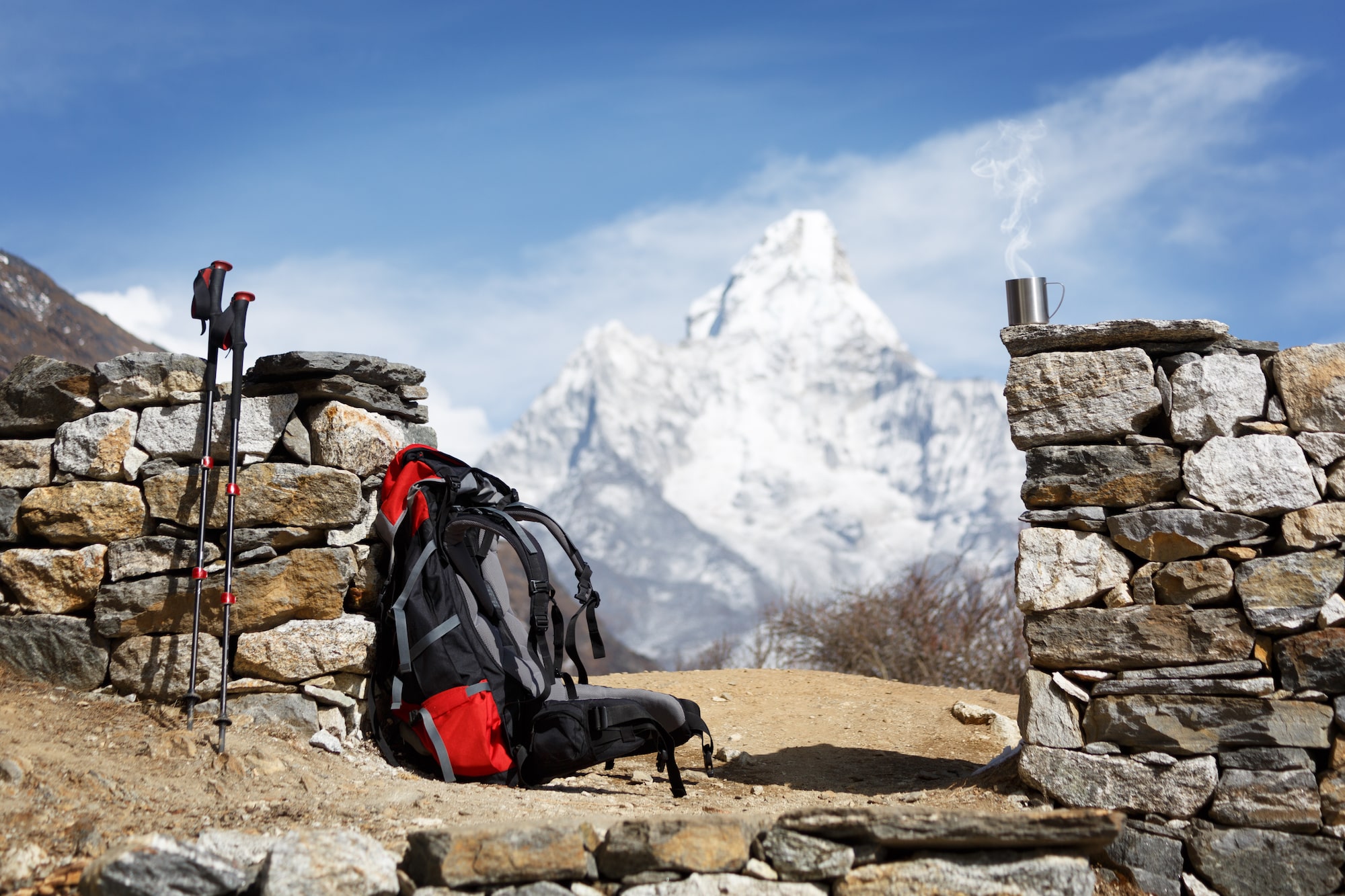
Ryder-Walker’s Tips on Trekking Poles, Boots and Hiking Techniques
Do you ever find yourself questioning if you are using your trekking poles correctly, have on the right footwear for the terrain you are hiking or think about if you are efficient in your hiking style? Here we will discuss how to achieve all of your alpine dreams for the upcoming hiking season with a focus on gear and technique.
As you explore deeper into the mountains and deeper into Ryder-Walker’s diverse catalog of trips, you will find that each tour offers a variety of challenges. Whether it’s steep hillsides on our new Romania trip, rocky terrain on our Haute Pyrenees trek, sandy beaches along the new Portugal tour or long distances on our Ireland’s Dingle Way, a mastery of technique and the gear you already carry will help to mitigate the difficulty and help you become a master of the high alpine zone.
Using Gear Correctly
The first step to finding success in the mountains is knowing your gear, when and how to use it, and what to bring. While a packing list will make sure you’ve brought what you need, many of the items on the list have nuances and unique applications in practice.
Hiking Poles
Trekking Poles are one of the most useful and most arcane tools you can use while hiking. Chances are, you already carry a pair of hiking poles with you, but how can you maximize their effectiveness on the trail?
The first step is knowing when to adjust the length on the pole. It’s tempting to set your trekking poles to a height that you find comfortable and jam out the rest of the day at that setting, ignoring both incline and terrain. While this will work (and still feel like a net positive in terms of your efficiency and stability at the end of the day), adjusting the pole length can improve your hiking game immediately. When you are cruising, hiking in terrain you are comfortable with, especially low angle terrain, a longer pole which leaves your arm at a resting 90-degree angle is perfect. In this setting, you use the poles to tap lightly ahead of your stride, matching your foot with the pole at the end of the step. This will use minimal energy, creating an easy to follow hiking tempo while also stabilizing and unifying your stride on low angle terrain.
When the trail begins to get steeper while ascending, and especially while climbing through varied or rocky hillsides, a longer pole begins to become a hindrance. At this point, you will want your poles to be significantly shorter so that you can place your pole with your uphill hand without splaying your arms out like a turning airplane. The idea here is that you want to maintain your center of gravity, keeping the distance between your hands uniform while still placing your uphill pole to improve balance.
If you are descending through steep terrain or feel your joints beginning to suffer from a descent, it is best to keep your poles at uniform length, while planting the poles two at a time slightly ahead of you. Placing both poles at once, then stepping with one foot between them maintains a triangle of structural support that puts the stress of descending on your shoulders instead of your more easily exhausted knees.
Some other useful tips while using poles are more binary. Most trekking poles have two tips you can use. The smaller metal or carbon tip is typically used only when hiking in snowy and icy terrain. The rubber tip is not just a protective cap, but the better grip for hiking through rocks and scree. If you are less inclined towards hiking poles, using them while descending long distances is still worth considering – the amount of stress they take away from your knees is remarkable.
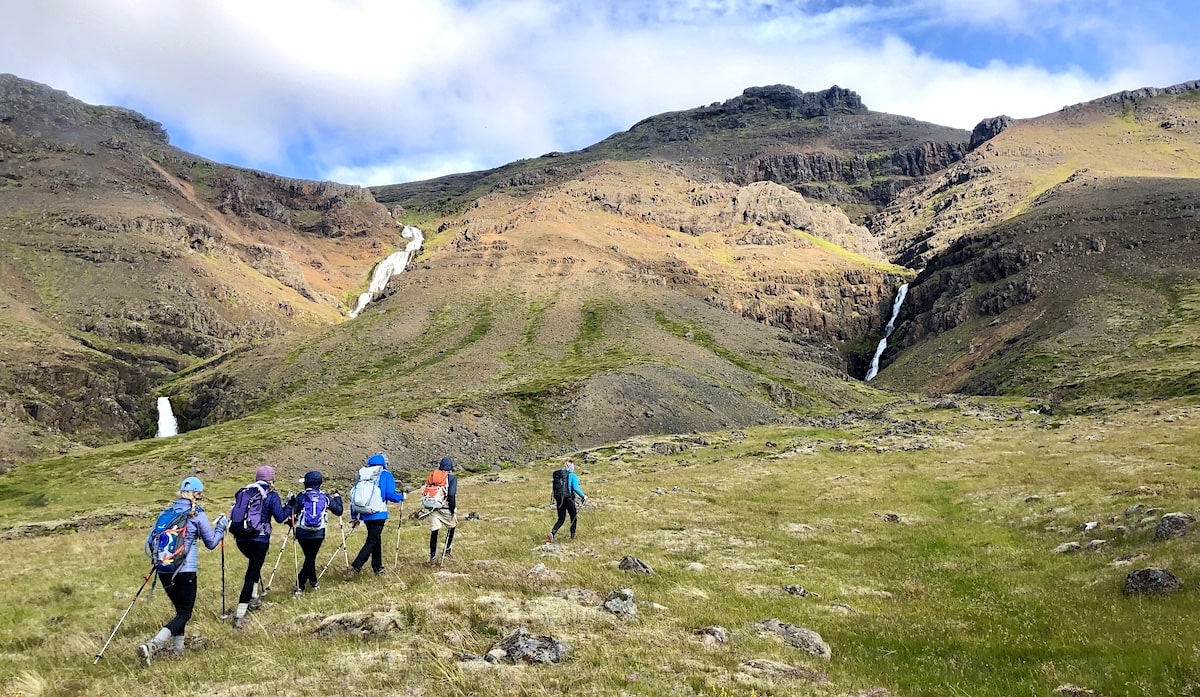
Boots vs. Shoes:
Choosing the right shoes for the day will improve your performance drastically. While many find success with only a single pair of hiking boots, owning at least a couple of different types of shoes can help to reduce fatigue. In terms of hiking shoes, three separate types are suitable for trekking.
The first is light hiking boots: these should be your go-to for hiking, they are useful in varied and rocky terrain and aren’t too heavy to cover long distances comfortably.
Heavy-duty hiking boots are the boots your grandfather swore by and wore through multiple wars. These things are indestructible, often leather, and substantially heavier than their lighter Gore-Tex counterparts. Heavy hiking boots are excellent for trekking in more challenging terrain, where the weight helps support you through rocks, mud, and other inconsistent surfaces. These boots are often superior in wet weather as the waterproofing is pretty much bulletproof.
Finally, you have under the ankle hiking boots, trail runners, and all of their cousins. These hiking shoes are also excellent, often well waterproofed, and sturdier than you would expect. If you already own a pair of hiking boots, it’s worth considering picking up a pair of trail runners to give you an even lighter, more comfortable alternative for long-distance days. While under the ankle shoes are excellent, if you are experiencing trouble in rocky terrain, switch to a pair of over the ankle boots for higher altitude and higher exposure days – the extra support will help give you confidence, which is a large part of the technique battle when it comes to hiking.
Hiking Techniques to Instantly Make You a Better Hiker
Other than making sure you have the right gear and know how to use and apply it, there are a number of helpful hiking tips and tricks that will improve your performance on the mountain immediately.
Shifting Gears Like a Bicycle:
One of the most effective tricks for hiking in general is to actively consider how hard you are pushing yourself through each section of a hike. It is entirely possible that after walking along a flat section, you start on a steep section and end up wasting a considerable amount of energy to maintain your pace. A great way to think about how much energy you’re putting into ascending or covering distance is to think of your body as a bicycle. When you are bicycling and reach a steep section, you downshift, so you have to push with less force over that section. When hiking, you can work with your body in much the same way, where you know ahead of time that you are approaching a steeper section and back off a bit with your energy expenditure, slowing your pace immediately rather than once you become exhausted by trying to push yourself too hard.
Then, when you reach a more leisurely section, you can push yourself again. This is a technique adventure racers and mountain runners use to maintain their energy and strength through super marathons and is incredibly useful for hiking as well. The most critical element here, outside of paying attention to your effort and pace, is to look ahead on the trail and know what’s coming. Decide where you will want to spend some extra energy and where you will want to lay off a bit and take your time.
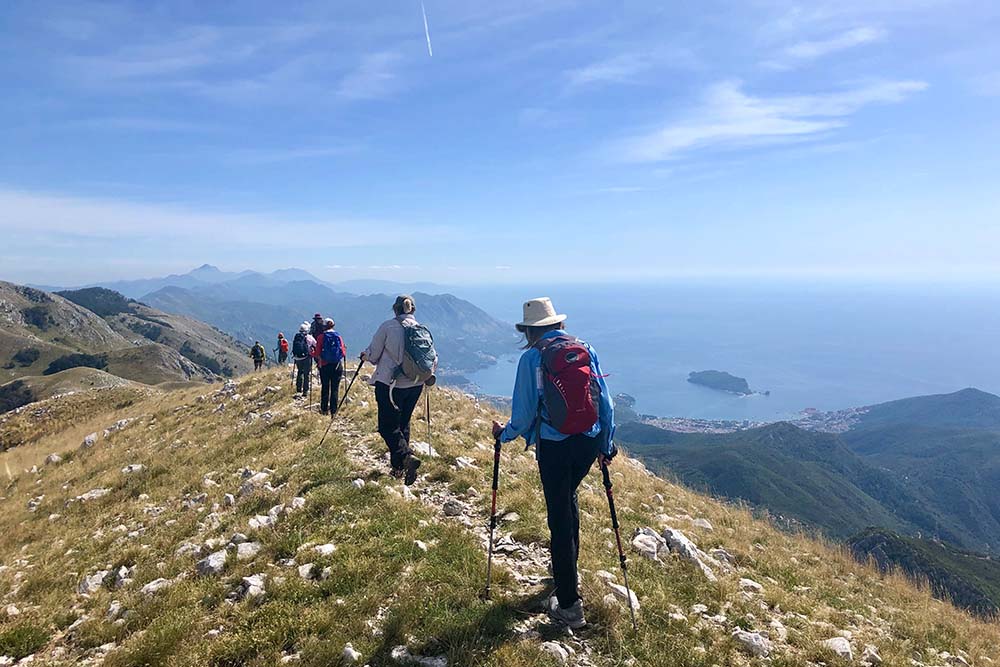
Little Rocks Roll:
This might seem like a no brainer, but the little rocks you see on the trail, they tend to roll. Just a little bit, often only a matter of millimeters or inches, but especially when descending a steep trail, the trail moves with you. This, for many, is a nerve-wracking experience, and it certainly can feel like this ball-bearing surface is going to cause you to slip and fall. It is an important practice to remind yourself that these little rocks rolling is ok.
The vast majority of the time, the pressure from you completing your stride will cause the tiny ball bearings to come to rest in the dirt and amongst other rocks. If you trust that the ground is going to support you, even when it seems loose, you will find that you are able to maintain a much more kinetic stride where you spend less energy working against the hill and avoid descending stiffly and slowly. It’s all about confidence here, but the hillside moving a little bit underneath you is normal, and if you stay in control completely safe. If the ground is particularly loose, you can even use the soft and malleable surface to your advantage to descend even more quickly, letting the loose rocks cushion and catch your steps.
Conquering Scree Fields:
The most challenging aspect of many high mountain hikes are the scree fields. These areas, covered by boulders and loose rock, are incredibly daunting to many. While a scree field will always mean slower going, there are a couple of tricks to help you navigate this most challenging of terrain.
The first, most crucial technique is to think ahead. Look where you are going and where you want to go, not just at the most immediate physical challenge or orienteering puzzle. Especially in the Alps, the alpine clubs have gone to considerable lengths to both mark and build routes through the scree fields, which are the most efficient to follow. While these routes often change from year to year due to erosion, looking ahead will help to make sure you are following a path that isn’t actively working against you. If you ever feel like the going has suddenly gotten much tougher, take a look around and make sure you haven’t missed a clever switchback or path just behind a boulder. If you ever feel genuinely lost in a scree field, climbing a few steps uphill can open up your line of sight on the rocks below and bring a lot of clarity to the situation.
The other important tip for scree fields is to have fun. Remember back to when you were a kid and spent time jumping between rocks outside of restaurants or across rivers. The age-old game of don’t touch the lava is on in the scree field. The more fun you have with these mountainous puzzles, the less grinding they will be. It’s easy to become discouraged by this inhospitable and often interminable terrain, but a sense of levity will help you enjoy them more than either strength or skill.
We hope that these tips for gear and technique will help you to achieve new bliss in the mountains this year. Remember, stay safe, prepare for the day ahead, and, most of all, enjoy yourself. We have all felt beaten down by the mountains before, yet often the biggest obstacle in hiking is your mood and energy level. By following these tips and tricks, we can all improve both our capability in the mountains and our enjoyment of their mysterious heights.





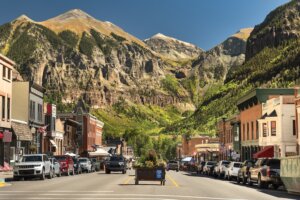



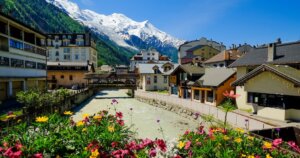

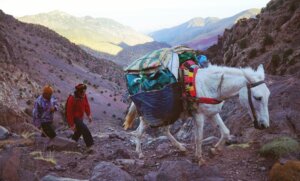
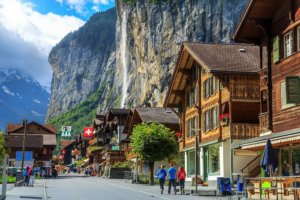


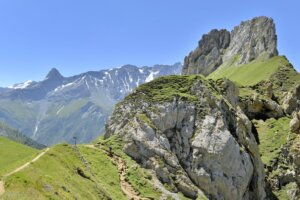







Comments are closed.